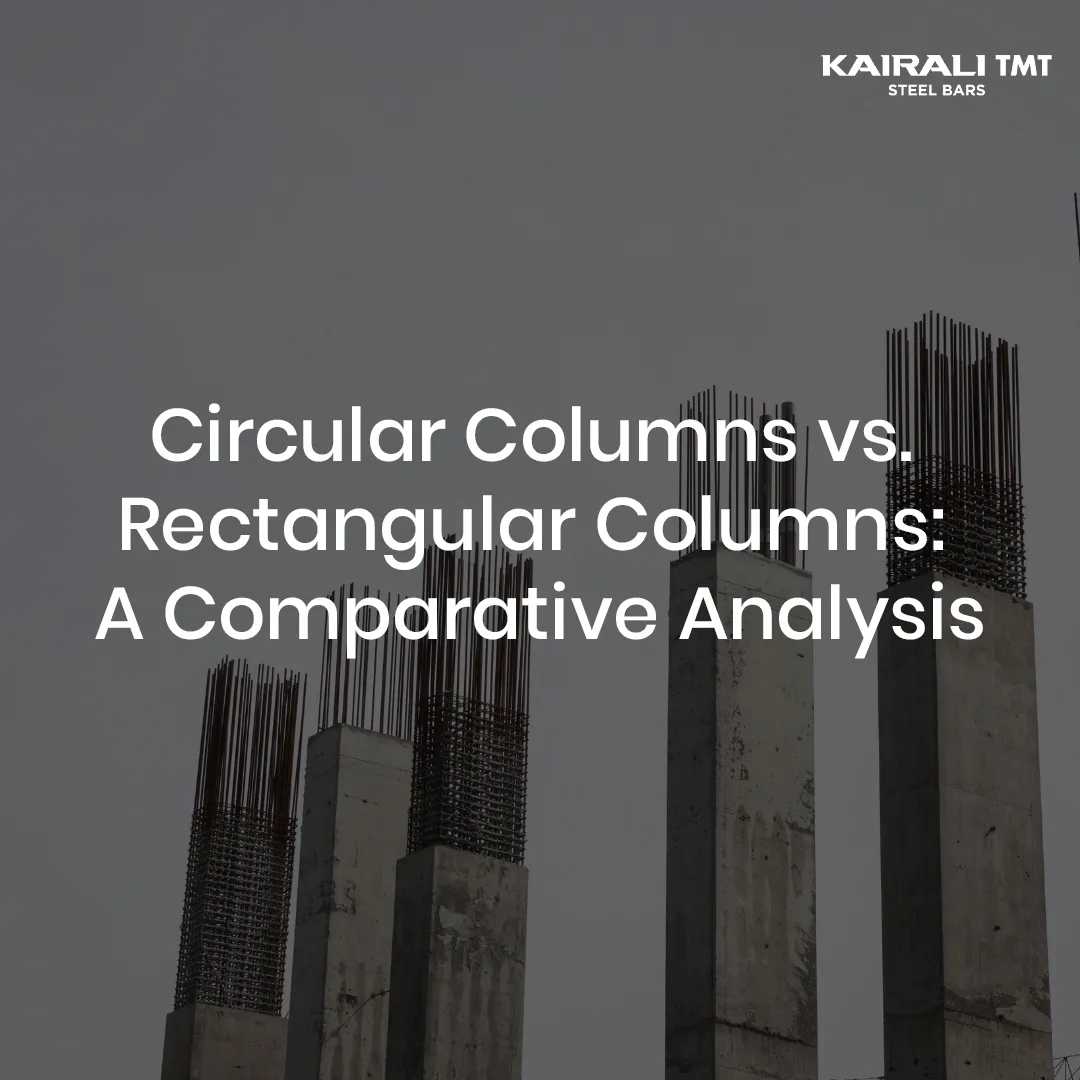The Indian subcontinent has had a history of potent seismic activity. The country has seen some of the most devastating earthquakes in the past few decades. Statistics have shown around 54% of India is vulnerable to earthquakes. Even the traditionally safer states of South India like Kerala have high chances of induced earthquakes after the floods in recent years. It is therefore of paramount importance for property owners to protect their buildings from earthquakes with only the best TMT steel bars in Kerala.
While no building can claim to remain unscathed during a powerful earthquake, if the structure can withstand the devastating force, it would protect the occupants of the building and also minimise the loss. As a building owner, there are certain steps that you can take to make sure your building is earthquake resistant.
Here’s where we have done the hard task for you!
5 Fundamental Steps to Make Your Building Earthquake Resistant
A Robust Drainage System Must be in Place
A sound drainage system is vital for making your building earthquake resistant. Flaws in the system may cause rainwater to collect and percolate to the foundation of the building, thereby damaging it in the long run.
Further, a roof’s drainage system shouldn’t be overlooked as its clogging can also damage the floors underneath. Hence, water from the top should flow into the drainage without hampering the building.
Use Quality Materials for Your Building
Choose the best steel for construction, Materials like TMT Steel Bar are at the core of making your building earthquake resistant. Do not use structural steel in construction as it is a highly malleable material that can allow the building to bend without breaking. choose the best steel for construction
Another building material with high elasticity is wood. Even after being lightweight, wood has relatively high strength.
Employ flexible utilities throughout the construction
The use of flexible utilities ensure that the structure can undergo plastic deformation in an earthquake. For example, the use of flexible pipes will make sure that gas leaks and water leaks are not caused due to rupture.
Bamboo is another flexible material that could retain the shape of the building. Although it’s being used as an innovative way to counteract earthquakes, the large-scale use of bamboo in construction is still far away.
Check for possible external hazards
You can make your building as safe as you can, but checking the surroundings of your building, which can prove dangerous during an earthquake, is still underrated. An old leaning tree outside your building can fall on it, causing severe damage. A loose hanging wire is worse as it can electrify the whole building, thereby seriously putting in danger the occupants’ lives.
Periodic inspections should be conducted for external hazards like these and should be eliminated from time to time. This would make sure they don’t become a threat to your building in the event of an earthquake.
Reinforce the building’s structure
To withstand a powerful earthquake, a building needs to redistribute the seismic force. It can achieve the same by making the following structural changes:
- Shear walls- Supported by diagonal cross braces, shear walls help keep the shape of the building during movements as these steel beams counteract the pressure by shifting forces to the foundations.
- Diaphragms – They help remove pressure from the building and push the same along the length of the building. The distribution of the forces along the columns and walls protects the building in case of an earthquake. Diaphragms consist of roofs, floors of the building and decks over the roof of the building.
- Moment resisting frames- Moment resisting frames allows the columns and beams to bend while the joint remains rigid. This provides for resisting the force of an earthquake while allowing flexibility in design.
To make a building earthquake resistant, it is vital to use the TMT bars. Kairali TMT offers one of the best TMT steel bars in Kerala. Our TMT steel bars are made with German EQR technology, which can absorb the energy waves released during an earthquake.


